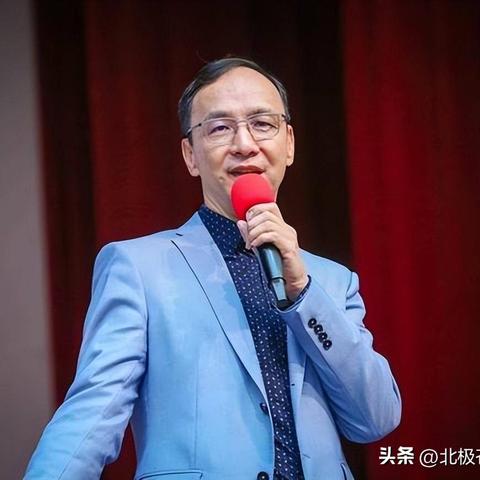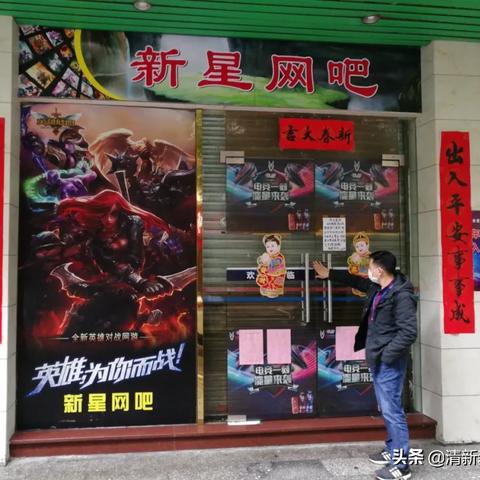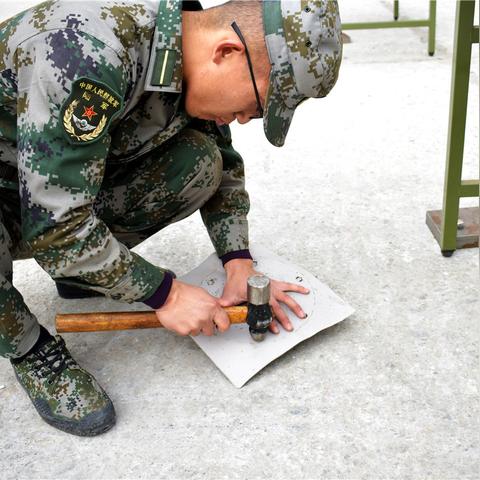Introduction
A policy has been a topic of great debate lately, focusing on the efficacy of patent barriers and the practice of reverse engineering. With the advent of technological advancements and an increasingly globalized market, intellectual property rights (IPR) hold a position of immense importance. The phrase "patent barriers" refers to the legal restrictions placed on the use or sharing of patented technology, which can limit competition and innovation. On the other hand, "reverse engineering" is a process where a device, system, or object is deconstructed to understand its working and potentially replicate or improve upon its design. "King of Kings 493333 Special Horse" can symbolize the pinnacle of these technological wars, where companies and inventors grapple with the balance between protecting their innovations and promoting technological progress.
Patent Barriers
"Patent barriers" are a set of legal constructs that protect the innovative ideas of inventors and companies. These barriers ensure that the creator of a new technology or process has exclusive rights to its use and benefits. This has multiple benefits: it encourages innovation by providing incentives for invention and it allows the patent holder to recoup the costs associated with research and development through licensing or production. "493333" The policy debates around patent barriers often revolve around the terms of these protections and their impact on the speed of technological advancements. Critics argue that stringent patent laws may stifle competition and innovation by creating monopolistic control over certain technologies.
However, supporters argue that without these barriers, there would be little incentive for inventors to invest their time and resources into creating new inventions, as competitors could simply replicate their work without consequence. The “special horse” or premier innovation could suffer significant losses if its proprietary aspects were immediately available for competitors to use without restriction.
Reverse Engineering
"Reverse engineering" is another critical aspect of technology development. It's the process of dissecting a particular product or technology to understand its functions and to possibly derive benefits from this understanding. This can include developing compatible components, finding bugs, or creating a completely new product inspired by the insights gained. This practice can be seen as both essential for competition and a threat to “King of Kings” patent holders who see it as a means to bypass their legal protections. "493333" It can lead to innovation acceleration by allowing competitors to build upon the best aspects of existing technologies or find cheaper, more efficient ways to perform the same functions.
A notable debate if reverse engineering should be allowed to the point where it infringes upon patents or not. "493333" Some argue that reverse engineering is a legitimate method for improving technology through fair competition, while others insist that such practices undermine the integrity of patent laws and the protection of original inventions.
Reconciling Patent Barriers and Reverse Engineering
The balance between “patent barriers” and “reverse engineering” is a delicate one. Policy makers often must strike a balance, considering the needs of both inventors and consumers in the market. “King of Kings 493333 Special Horse” may represent the ideal outcome where a technology has been legally protected but still had its principles reversed engineered to make further advancements. The key issue here is to identify how this can be managed without detrimentally affecting either party excessively.
For instance, time limits on patents are a way for policy to encourage innovation while still allowing the spread of knowledge. When a patent expires, "493333" others are free to use the technology and can then reverse engineer it to build new products or improvements. This keeps the flow of knowledge moving forward while providing an incentive for patent holders to continue innovating.
Impacts and Challenges
In an era where multiple “King of Kings” or market leaders in various industries battle for dominance, the patent and reverse engineering landscape is fraught with both impacts and challenges. The effectiveness of patent barriers is crucial in maintaining the competitive advantage of companies who invest heavily in R&D. If these barriers are too weak, “493333 Special Horse” or possibly the unique offering of a company can be copied too hastily and damage the original innovator. "493333"
However, if reverse engineering becomes too restricted, innovation could slow down as companies may be less inclined to share their research and findings with others. “King of Kings 493333 Special Horse” should then be a principle rather than just a product; it should symbolize the highest standards in both protecting intellectual property and fostering an environment for innovation. "493333" The challenge lies in creating policies that satisfy the interests of both parties without creating an atmosphere of stagnation and protectionism.
Conclusion
As we navigate the tides of technological advancement, the policy on “patent barriers vs. reverse engineering” holds significant sway over the course of innovation. The balancing act required to protect “King of Kings 493333 Special Horse” or the leading innovations while also allowing the broader market to benefit from reverse engineering is a complex one. Policymakers must address the challenges in a way that fosters a competitive landscape where innovation thrives, and at the same time, equitable and fair practices are upheld in the use of intellectual property. Understanding the intricate dynamics between these two concepts is key to ensuring the continued progress of technology, fair competition, and the upholding of creator rights.














 琼ICP备2023003230号-1
琼ICP备2023003230号-1
还没有评论,来说两句吧...